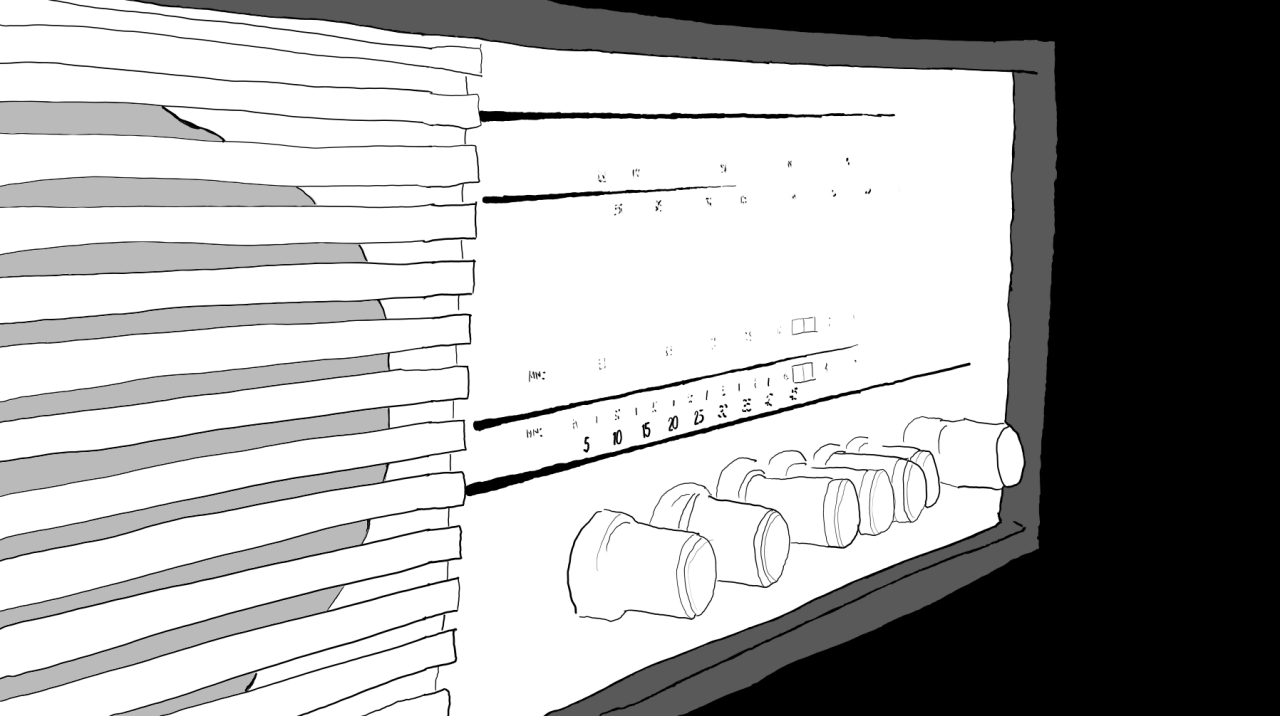

Built for the Meta Quest platform, this VR poem uses Walt Whitman’s 1855 text “Eidolons” as a structural and thematic backbone to explore metaphysics and modernity. Immersed in environments that anchor Whitman’s ideas to historical and spatial reference points, the experience invites users to reflect on impermanence and the elusive nature of reality—offering a contemplative space where poetic thought and virtual embodiment converge.
Structured as a virtual art exhibit, HALE'S MENAGERIE bridges the history of cinema—specifically the immersive experience of Hale’s Tours—with contemporary virtuality to explore how AI can assist in interpreting spatial perception across real and imagined environments. Using AI-driven photogrammetry, the project generates 3D sculptural forms onto which early films are projected, creating a layered dialogue between historical media and digital space. Designed for PC and Mac, users navigate the environment via keyboard/mouse or joystick controls, engaging with cinematic memory through embodied interaction.
Developed as a technical demo in Unreal Engine, this interactive platformer explores the use of Live Link Face data from a mobile device to detect whether the user's eyes are open. When closed, the engine dynamically loads hidden areas of the map, guided by pulsing sound cues that enable traversal. Serving as a proof of concept, the project investigates the potential of the human body as a controller—laying groundwork for future experiments in embodied interaction and biometric gameplay.
This interactive digital project casts the user as a virtual wanderer navigating a blizzarded landscape, underscored by a multi-track attenuated audioscape. ALWAYS challenges conventional representations of dementia and Alzheimer’s Disease through its atmospheric design, tonal ambiguity, and thematic layering. Guided by a fragmented monologue, users uncover a spatially distributed narrative while relying on tools such as a flashlight and the ephemeral trail left in the snow. The level design deliberately destabilizes sensory perception, prompting users to confront the fragility of memory and the unreliability of cognition in navigating virtual space.
This application marks a foray into interactive critical documentary, examining the obscured history of U.S. military executions during World War II. DISAVOWED unfolds as a palimpsest of memory, identity, and cultural narrative—structured around the misremembering of a real historical event. It reconstructs a false account of an execution witnessed by tens of thousands of soldiers yet largely absent from official record, placing personal recollection in tension with documented history. Through the interplay of a veteran’s fragmented memories, public awareness of Private Eddie Slovik’s execution, and the racial complexities embedded in military justice, the project interrogates the reliability of historical narrative and the politics of remembrance. (CLICK THE IMAGE BELOW TO DOWNLOAD AND PLAY or VIEW A VIDEO EMBEDDED BELOW)
